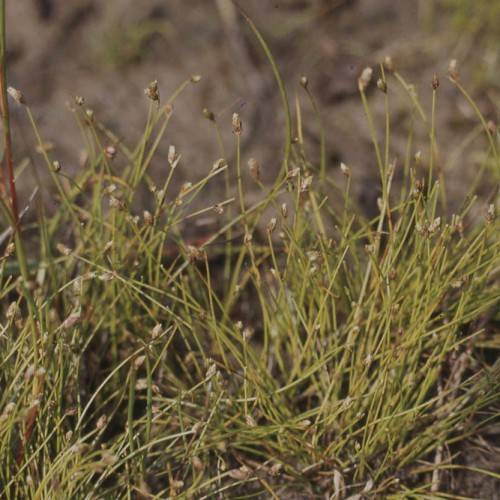
fiber optic grass
Isolepis cernua
Cycle:
Herbaceous Perennial
Watering:
Frequent
Hardiness Zone:
5
Flowers:
Flowers In Spring
Sun:
Full sun, Part sun/part shade
Fruits:
Fruits In Summer Ready In Fall
Growth Rate:
High
Drought Tolerant:
Yes
watering
Dutch iris should be watered once per week in adequate amounts, depending on the season. In warmer months, it should be watered more frequently and more deeply. However, during cooler and wetter months less water is needed. In general, wait until the top inch of soil is dry before thoroughly soaking the soil. You should also always check if they are showing signs of distress, such as wilting or browning. If this is the case, water your Dutch iris immediately, making sure to avoid soggy soil.
sunlight
Dutch iris require full sunlight for optimal growth. The plant should be in full sun for at least 6 hours a day in order to bloom. If grown in shaded areas, the flowers may not open fully. For flowering plants, Dutch iris should receive a minimum of 4 hours of direct sunlight each day. During the hottest hours of the day, some partial shade should be provided to protect the plants from excessive heat. Additionally, the soil should be kept moist but not soggy and fertilized regularly for best blooms and overall health.
pruning
Dutch iris should be pruned in spring, after they have finished flowering and their foliage has started to die back. Pruning should include cutting back all the spent blooms, as well as removing any dead or damaged foliage or stems. Aim to cut the plant down to around 25cm in height, leaving only the strongest, healthiest stems in place. This will encourage strong and healthy growth in the following season, as well as ensuring your dutch iris blooms for as long as possible.
